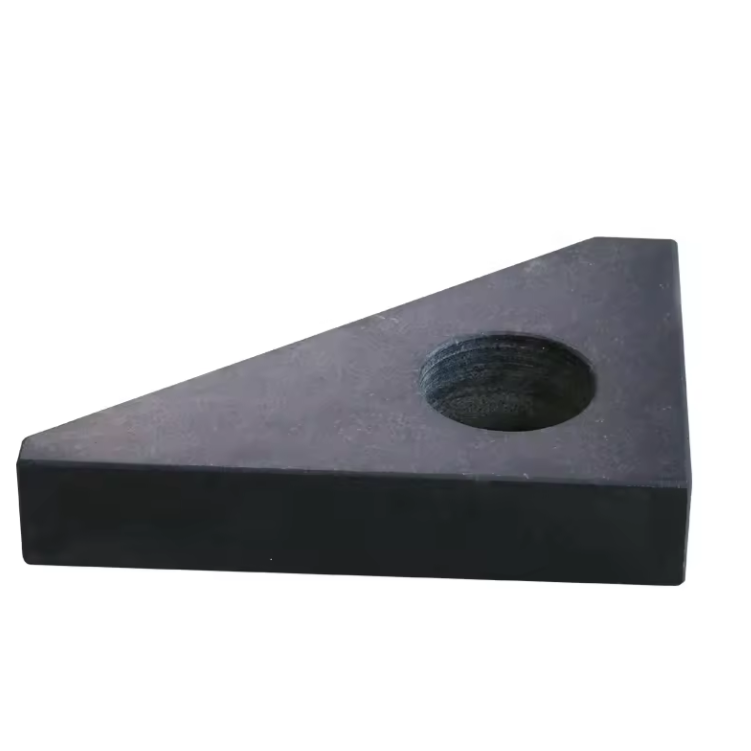Nov . 05, 2024 09:45 Back to list
replacing water shut off valve
Replacing a Water Shut-Off Valve A Step-by-Step Guide
The water shut-off valve is an essential component in any plumbing system, controlling the flow of water to different areas of your home. Over time, these valves can wear out or become corroded, leading to leaks and potential water damage. If you find yourself in a situation where the valve is malfunctioning, replacing it is a straightforward task that can save you money and hassle. This article will guide you through the process of replacing a water shut-off valve.
Tools and Materials Needed
Before starting the replacement process, gather the necessary tools and materials - Adjustable wrench - Pipe tape (Teflon tape) - New shut-off valve (make sure it matches the size and type of the existing valve) - Bucket (to catch any residual water) - Towels or rags (for cleanup) - Safety goggles (to protect your eyes)
Step 1 Turn Off the Main Water Supply
Before attempting to replace the valve, ensure that you turn off the main water supply to your home. This is crucial to prevent water from flowing while you’re working. Locate the main shut-off valve, which is typically found near where the water line enters your house. Turn the valve clockwise until it is fully closed.
Step 2 Drain the Pipes
Once the main water supply is off, open the faucets in your home to drain any remaining water from the pipes
. This step helps to reduce the amount of water that may leak out when you remove the old shut-off valve.Step 3 Remove the Old Valve
replacing water shut off valve

Using the adjustable wrench, loosen and remove the nuts that secure the old shut-off valve to the water line. Be prepared for some residual water to spill out, so keep a bucket handy to catch any drips. After removing the old valve, inspect the pipe threads for any damage or corrosion. If necessary, clean the threads using a wire brush to ensure a good seal with the new valve.
Step 4 Install the New Valve
Before installing the new shut-off valve, wrap its threads with pipe tape to create a watertight seal. Make sure to wrap the tape in the direction of the threads to avoid any complications during installation. Once wrapped, position the new valve over the pipe and secure it by tightening the nuts with the adjustable wrench. Be careful not to overtighten, as this could damage the valve or pipes.
Step 5 Turn on the Water Supply
With the new shut-off valve installed, it’s time to turn the main water supply back on. Slowly open the main shut-off valve while keeping an eye on the new valve for any signs of leakage. If you notice leaks, check to ensure that the connections are tight and that the pipe tape is properly sealed.
Step 6 Test the Valve Functionality
After the main water supply is back on, test the new shut-off valve by operating it to ensure it effectively stops and allows water flow. Turn it on and off several times to verify its functionality. Check for leaks again during this process.
Conclusion
Replacing a water shut-off valve may seem intimidating, but with the right tools and a step-by-step approach, it can be accomplished safely and efficiently. Regular maintenance of your plumbing systems will help prevent major leaks and costly repairs in the future. Remember, if you ever feel unsure about performing plumbing tasks, don’t hesitate to contact a professional plumber for assistance.
-
Why the Right Angle Ruler Reigns in MetalworkingNewsJul.21,2025
-
The Enduring Allure of Granite Boxes in Modern InteriorsNewsJul.21,2025
-
The Digital Gauging Revolution: Reshaping Thread Rings Inspection's FutureNewsJul.21,2025
-
How Modern Inspection Platforms Transcend Surface MeasurementNewsJul.21,2025
-
How Customization Drives Wholesale Success in Parallel RulersNewsJul.21,2025
-
Fortifying Permanent Steel Ground Anchors Against Corrosion's OnslaughtNewsJul.21,2025
Related PRODUCTS









